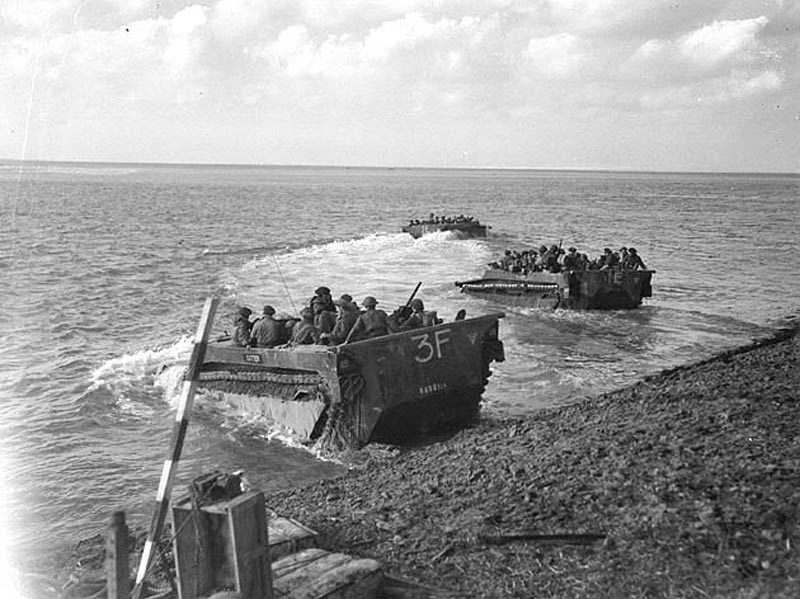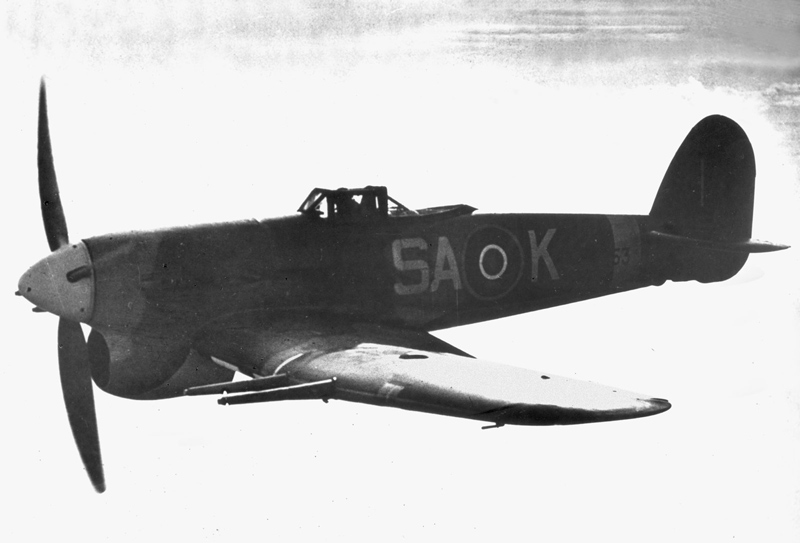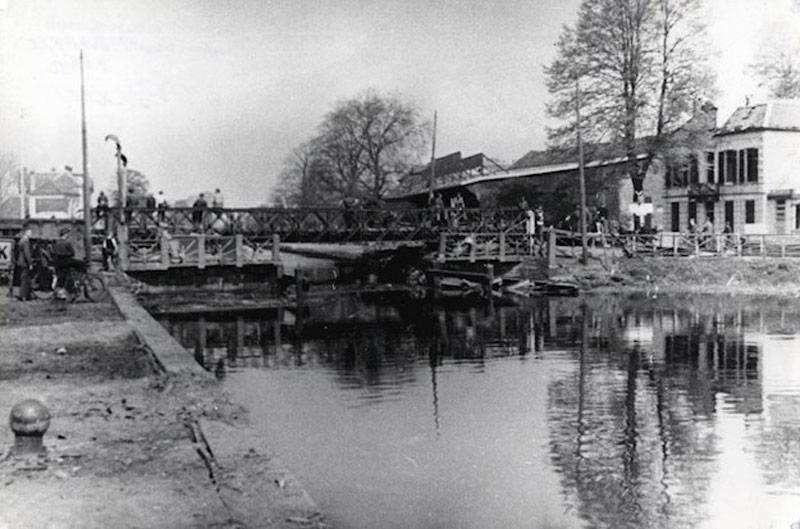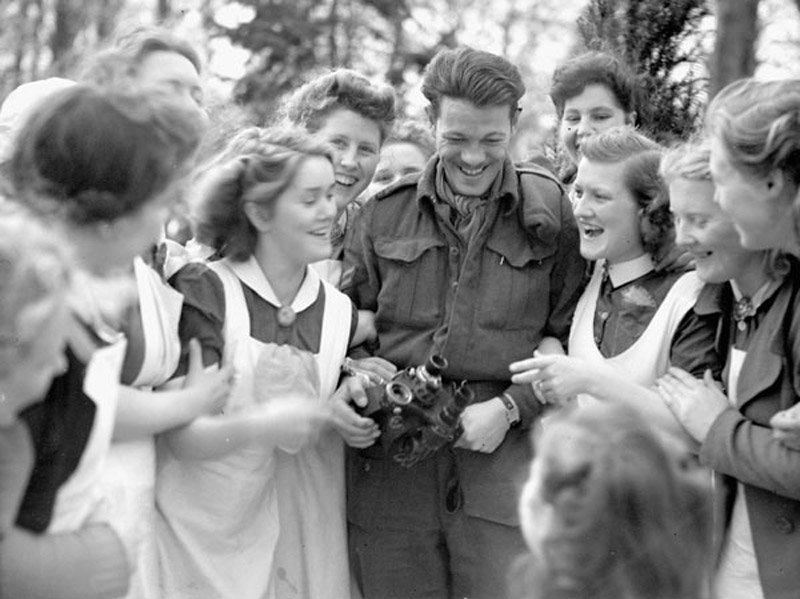In five weeks of bloody battles to boot the Germans out of the Scheldt Estuary in October and November of 1944, the Allies suffered about 13,000 casualties, including about 6,300 Canadians. And the fighting was expected to be just as stiff to liberate the rest of the Netherlands.

The Germans flooded the land, tore up roads, blew up bridges. And fought like hell.
“These were not the ‘old men and frightened boys’ thought to be all that was left of the Wehrmacht,” recalled Captain Ted Brock in a memoir reproduced on the Canadian Letters and Images website. In one week, there were 506 Canadian casualties.
“Even lowly platoon commanders were able to call up rocket-firing Typhoon fighter planes.”
On April 14, a member of Brock’s platoon was killed and the remainder pinned down by a deadly accurate sniper “But, within minutes of my radioed request, we had clouds of three-inch mortar smoke onto our position and we were up and onward to rejoin the attack.”
The platoon crossed the IJssel River between Zutphen and Deventer, where they lost more men in heavy fighting. Much the same was expected in Apeldoorn.
“The battle for Apeldoorn started with an amazing amount of support for we PBI [poor bloody infantry]—more artillery, tank and air support than we had ever seen before,” wrote Brock. “Even lowly platoon commanders were able to call up rocket-firing Typhoon fighter planes to blast enemy machine-gun positions and it was an inspiring sight to see those ‘Tiffies’ peel off and scream straight in on a well-defined target.”

The plan was to isolate the city, using artillery to pepper the area around a German-held bridge over which the infantry, unsupported by artillery fire, would enter the city, which sheltered many refugees.
On the night of April 16, 1945, while the Canadians prepared to shell around the bridge, Gijs Numan of the Dutch Interior Forces in Apeldoorn persuaded the Germans defending the bridge to surrender, according to the Liberation Route Europe website. He informed the Canadians, who did not believe him—until he brought them the German prisoners.

“Apeldoorn was taken, intact,” recalled Brock, “because the Germans, fearing encirclement, had withdrawn. The inhabitants were delirious with joy and treated us as the conquering heroes.”
Herb Pike was among a group of Canadian liberators who chased retreating Germans for about 30 kilometres before returning to the city.
“We pulled back to Apeldoorn and I’ve got to tell you, Apeldoorn at that time was so relieved; those people were starving actually,” he recalled in a Memory Project interview. “We gave them as much as we could out of our own rations.”
“On April 19,” Brock wrote, “the Germans agreed to a short truce in order that food could be transported through/across/over their lines to the starving Dutch who were in desperate straits.”
The war ended May 8, and what followed has been called the Canadian summer as troops mingled with grateful Dutch families. And after that, about 2,000 Dutch war brides were brought back to Canada, further strengthening ties between the two countries.

Advertisement












